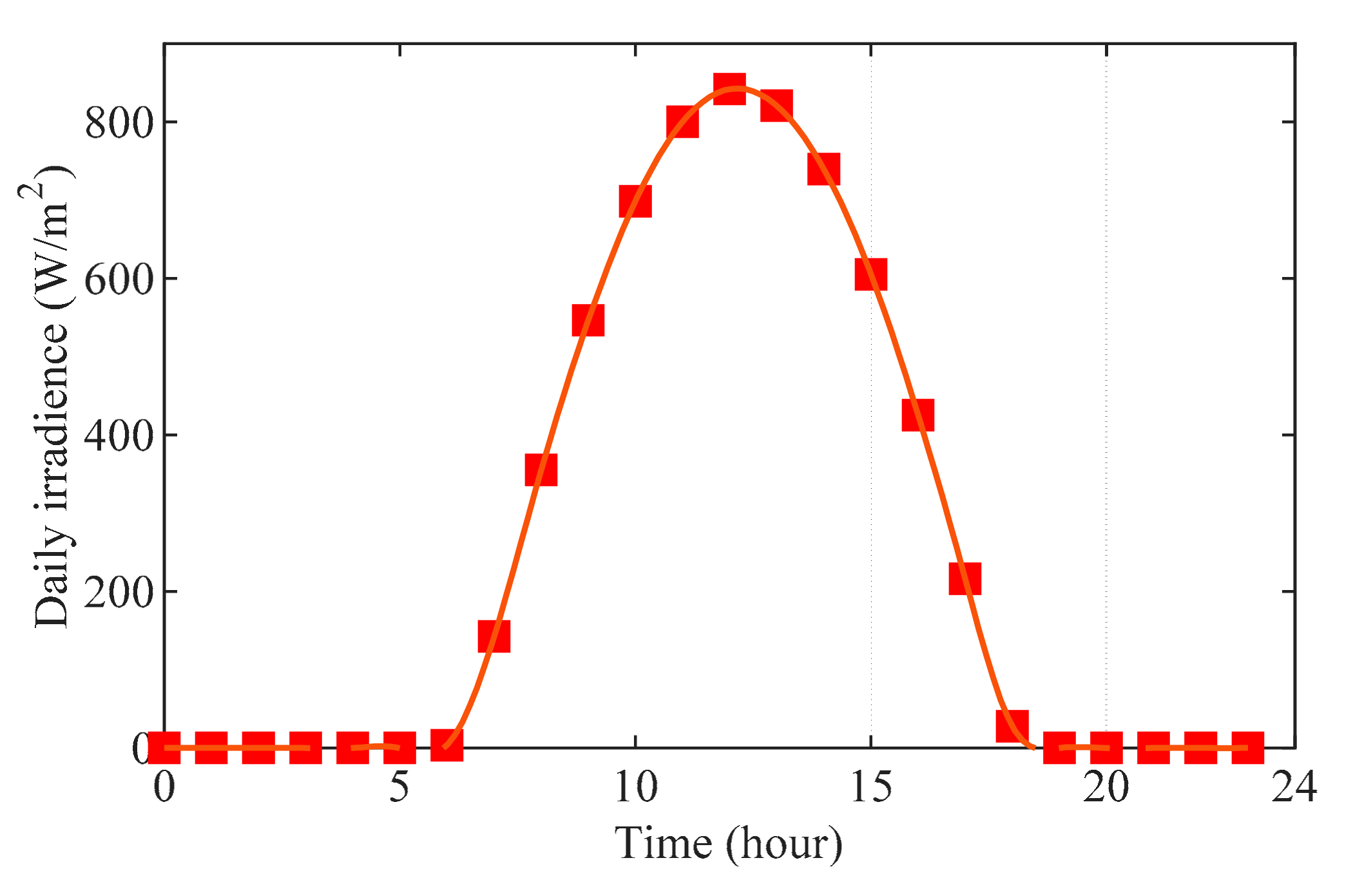BiLSTM Network-Based Approach for Solar Irradiance Forecasting in Continental Climate Zones
Author: Shaharin Anwar Sulaiman - March 2022
Abstract
Recent research on solar irradiance forecasting has attracted considerable attention, as governments worldwide are displaying a keenness to harness green energy. The goal of this study is to build forecasting methods using deep learning (DL) approach to estimate daily solar irradiance in three sites in Kuwait over 12 years (2008-2020). Solar irradiance data are used to extract and understand the symmetrical hidden data pattern and correlations, which are then used to predict future solar irradiance. A DL model based on the attention mechanism applied to bidirectional long short-term memory (BiLSTM) is developed for accurate solar irradiation forecasting. The proposed model is designed for two different conditions (sunny and cloudy days) to ensure greater accuracy in different weather scenarios. Simulation results are presented which depict that the attention based BiLSTM model outperforms the other deep learning networks in the prediction analysis of solar irradiance. The attention based BiLSTM model was able to predict variations in solar irradiance over short intervals in continental climate zones (Kuwait) more efficiently with an RMSE of 4.24 and 20.95 for sunny and cloudy days, respectively.
Methodology
The design of a bidirectional LSTM network with an attention mechanism is shown in Figure 1. The network uses historical sun irradiance data as input and predicts future solar irradiations. The problem is denoted by Equation (3), where Y represents the predictions of solar irradiance data using a deep neural network model. The size of the lag time-series window is determined using the partial autocorrelation and autocorrelation features of the data. The architecture used for prediction is the attention-based BiLSTM neural network, consisting of an encoder, an attention layer, and a softmax layer (Figure 2).
Impact & Benefits
Improved Accuracy: BiLSTM networks are capable of capturing both past and future context, which can lead to more accurate forecasts compared to traditional forecasting methods. This is especially beneficial in continental climate zones where weather patterns can be highly variable and complex.
Handling Nonlinear Relationships: BiLSTM networks are adept at capturing nonlinear relationships within data, which is often the case in solar irradiance forecasting due to the intricate interplay of various meteorological factors.
LongTerm Dependencies: The architecture of BiLSTM networks allows them to learn and remember long-term dependencies in data, which is crucial for capturing the effects of seasonal variations and other long-term trends in solar irradiance.
Real-Time Forecasting: BiLSTM networks can provide forecasts in near real-time, allowing for better decision-making and planning for solar energy generation in continental climate zones where weather conditions can change rapidly.
Market Potential
Growing Solar Energy Market: The global solar energy market is experiencing rapid growth due to increasing awareness of environmental concerns, government incentives, and declining solar panel costs. Continental climate zones often have abundant solar resources, making them prime locations for solar energy installations.
Need for Accurate Forecasting: Accurate solar irradiance forecasting is crucial for optimizing the operation and planning of solar energy systems, especially in continental climate zones where weather conditions can be highly variable and unpredictable. BiLSTM network-based approaches offer the potential to improve forecasting accuracy compared to traditional methods.
Demand for Energy Efficiency: With concerns about energy security and environmental sustainability on the rise, there is a growing demand for more efficient utilization of renewable energy resources like solar power. Accurate forecasting can help maximize the efficiency of solar energy generation and integration into the grid.
Grid Integration Challenges: Integrating solar energy into existing power grids poses challenges related to variability and intermittency. Better forecasting can help grid operators manage these challenges more effectively by providing advance notice of changes in solar power output.



